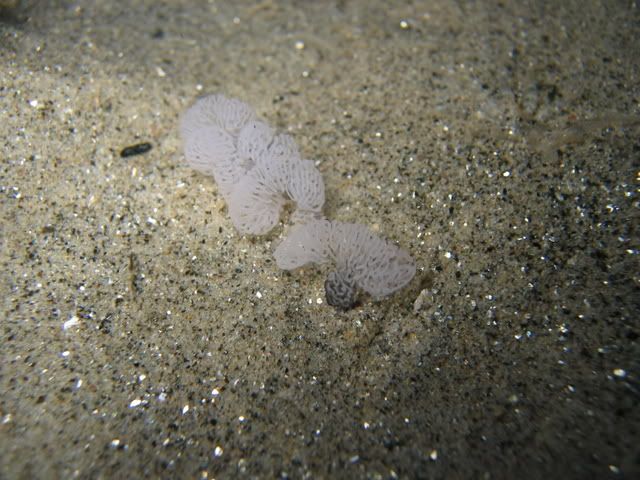divekim
Contributor
If I can get some of the Terry FakeyThona's and those illusive Lion Nudis...
---
Ken
Okay, I just gotta know, what on earth are the fakeythonas?? Lion Nudi's, can you make it Friday morning, DP, we'll go find some Lions for ya...
Kim





